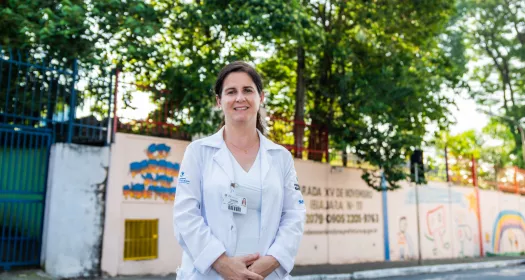This data collaborative offers a platform to merge and analyze cardiovascular health data to help stakeholders – ranging from decision makers to health providers or patients – make better decisions about heart health.
The large quantity of data and massive computational power available today offer new opportunities to improve heart health and save lives. Unfortunately, data often sit in isolated silos, spread across countries or health facilities – making it difficult for computers to learn from.
To unlock the power of data in health, new types of partnerships are needed. This is why the Novartis Foundation, Microsoft AI for Health and partners launched AI4BetterHearts, a global data collaborative on cardiovascular population health. By pooling heart health data from different sources and then applying machine learning to draw insights from these data, we hope to find better ways to understand how health systems can transform themselves from reactive care systems into more proactive, predictive and ultimately preventive health systems that they keep people healthy.
Within this data collaborative, the Novartis Foundation is partnering with the Harvard Health Systems Innovation Lab (HSI) to better understand how health system performance contributes to cardiovascular population health – by analyzing datasets on health system performance from over 80 countries. Data-driven insights delivered by the data collaborative will complement insights from the AI4HealthyCities Health Equity Network, and advance our understanding of what truly drives cardiovascular health, whether it is the quality of our healthcare or the underlying determinants of health.
The Novartis Foundation also supported the creation of the World Heart Observatory by the World Heart Federation and the Institute for Health Metrics and Evaluation. The Observatory is a hub that curates, aggregates, and visualizes data on cardiovascular conditions, biological risk factors, social determinants of health, and health system and policy responses.






